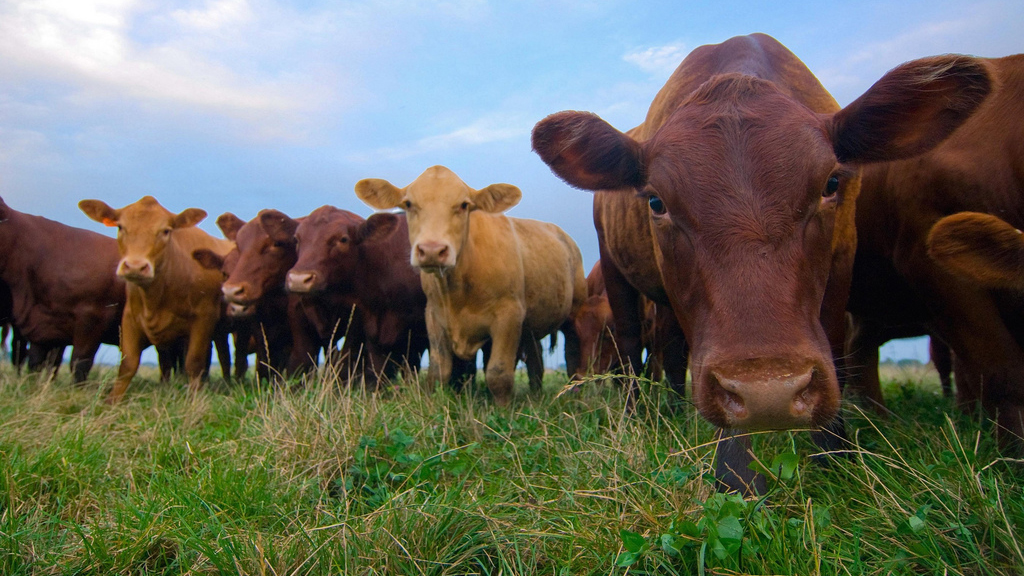Abstract
This case study introduces important issues related to invasive species and noxious weeds that have particular ecological and agricultural importance. The realistic storyline follows a rancher, Elmer, who has recently purchased a 180-acre parcel of land. Elmer soon discovers however that the land is infested with houndstongue, an invasive species of weed that poisons his livestock. With the help of his local area conservation district, Elmer organizes volunteers to go for training, where they learn about invasive species, how to identify invasive weed species, and how to use a mobile invasive weed application, a real app that students can download to identify, map, geolocate, and upload invasive species data. The case concludes with the volunteers analyzing the data and making recommendations for integrated pest management. The case was originally developed at a wildlife refuge where field-biologists train citizens in how to identify and sample weed species. The intended audience is the general “citizen scientist” who is interested in land conservation, land use, and invasive species.



